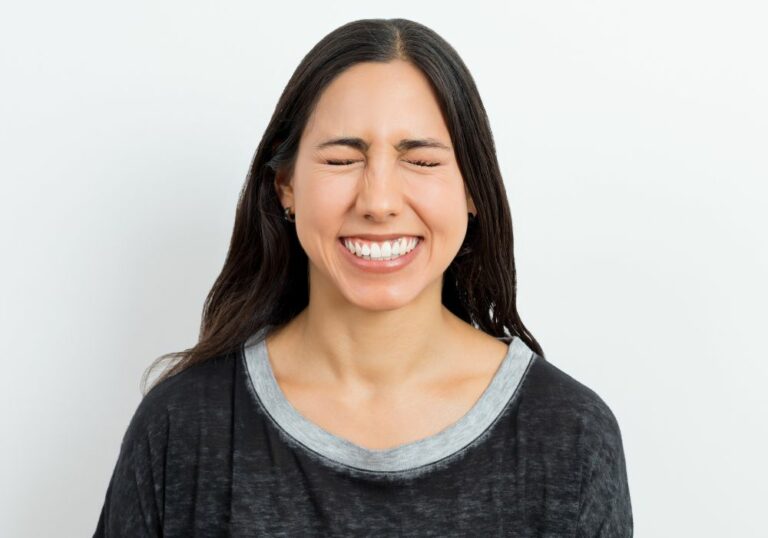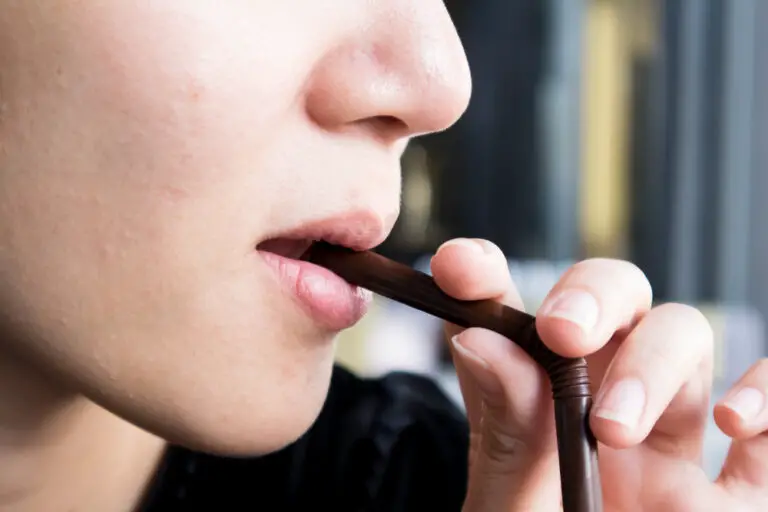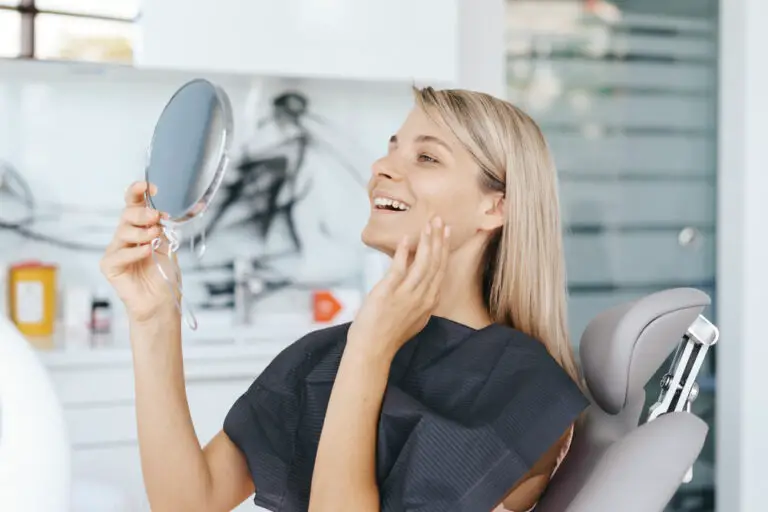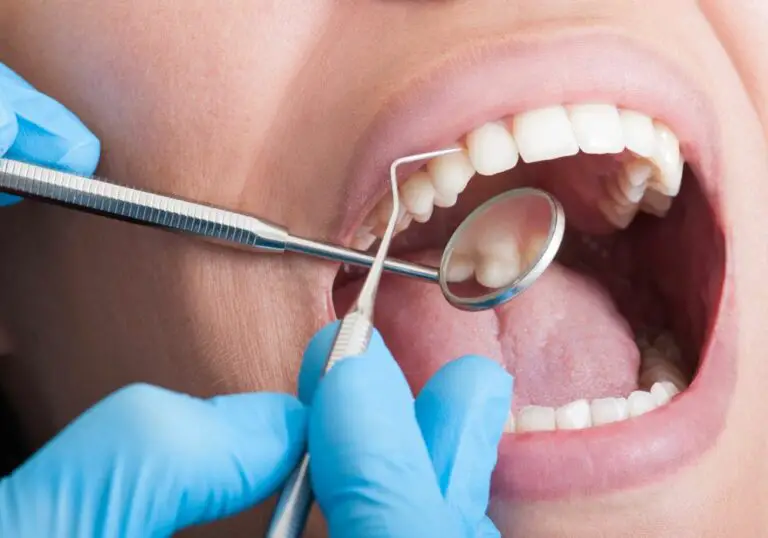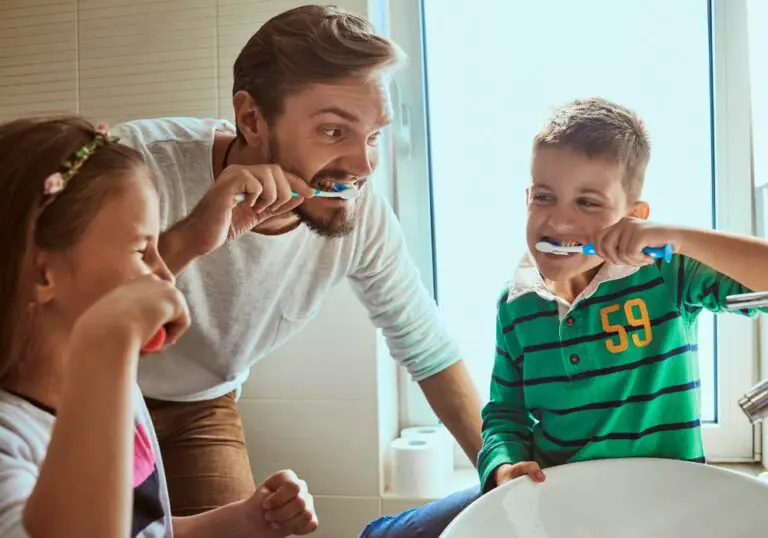The common dilemma: wanting to wear lipstick but feeling self-conscious about yellow teeth
Lipstick is a makeup staple for many women. A sweep of vibrant color on the lips can make you look instantly polished and pulled together. Lipstick has the power to transform your mood, boost your confidence, and allow you to experiment with different looks. However, if you have yellowing or discolored teeth, you may feel hesitant to swipe on a bright, attention-grabbing lip shade. Yellow teeth can make you feel self-conscious about drawing focus to your smile. But you shouldn’t have to sacrifice wearing fun lip colors just because of stains.
The key is learning which lipstick shades and applications work best to downplay yellow tones in your teeth. With the right strategies, you can find beautiful lipstick colors to wear proudly, even with a yellow tinge. A few small adjustments and finding shades to complement your complexion can help you look and feel your best.
What causes teeth to become yellow?
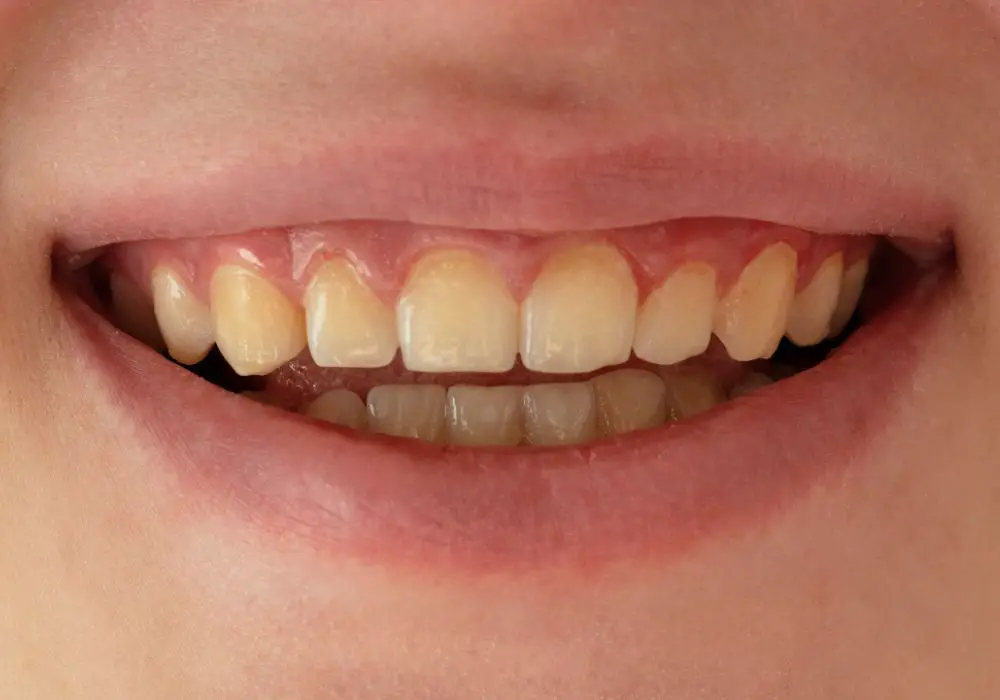
Before exploring lipstick pairings, it helps to understand what makes teeth lose their white luster in the first place. Teeth naturally range in hues from white to cream to greyish, and any shade variation is considered normal. True bright “white” teeth are uncommon without bleaching treatments.
Here are the most common factors that cause teeth to turn yellow over time:
Foods and beverages
Many foods and drinks contain pigments that attach to the enamel, giving teeth a stained appearance. Frequent consumption of staining items causes gradual, cumulative discoloration. Avoiding these completely isn’t realistic, but limiting intake helps slow yellowing.
Common staining culprits include:
- Coffee and tea
- Red wines, berries, dark sodas, and other richly-pigmented foods
- Tomato-based sauces and juices
- Curries containing turmeric
- Citrus fruits or juices
Coffee, tea, and red wine all contain deep brown tannins that impart stubborn stains. Sodas contain enamel-eroding acids. Pigmented foods like berries, tomatoes, and turmeric contain anthocyanins and carotenoids that cling to teeth. Citrus fruits have erosive acid that wears away enamel to expose yellowy dentin underneath.
Smoking
Tobacco smoke introduces tar, nicotine, and other chemicals that deeply penetrate tooth enamel. Both cigarettes and smokeless tobacco like dip cause considerable staining and brownish discoloration. Kicking a smoking habit can help prevent further accumulation of stains.
Poor oral hygiene
Insufficient brushing and flossing leads to plaque buildup, which hardens into tartar that adheres to teeth. This tartar is yellow and difficult to remove without professional cleaning. Meticulous daily brushing and flossing is key for controlling plaque.
Genetic factors
Some people are born with thinner enamel or mineral deficiencies that make their teeth appear more translucent and yellowish. Increased dentin often shows through, causing a yellow tinge even with good oral hygiene. Genetics also play a role in how intensely stains accumulate.
Medications
Certain prescription medications like antihistamines, high blood pressure medications, antipsychotics, and others contain chemicals associated with tooth discoloration. Consult with both medical and dental providers for alternatives if tooth staining becomes a concern.
Aging
As we age, the inner dentin layer of the tooth increases while the enamel protective outer layer decreases. With thinner enamel, the yellowy dentin shows through more noticeably. Teeth also accumulate more stains over decades of exposure.
Trauma/injury
Cracks or chips in the enamel from injury can expose the yellow interior dentin and nerve. Once exposed, the dentin is more prone to picking up stains.
By limiting staining food and drinks, avoiding tobacco, and practicing diligent oral hygiene, you can help restrict future yellowing and discoloration. Regular dental cleanings every 6 months also prevent heavy tartar accumulation. But for reversing existing yellowing, teeth whitening treatments offer the best solution.
Which lipstick shades work best with yellow teeth?
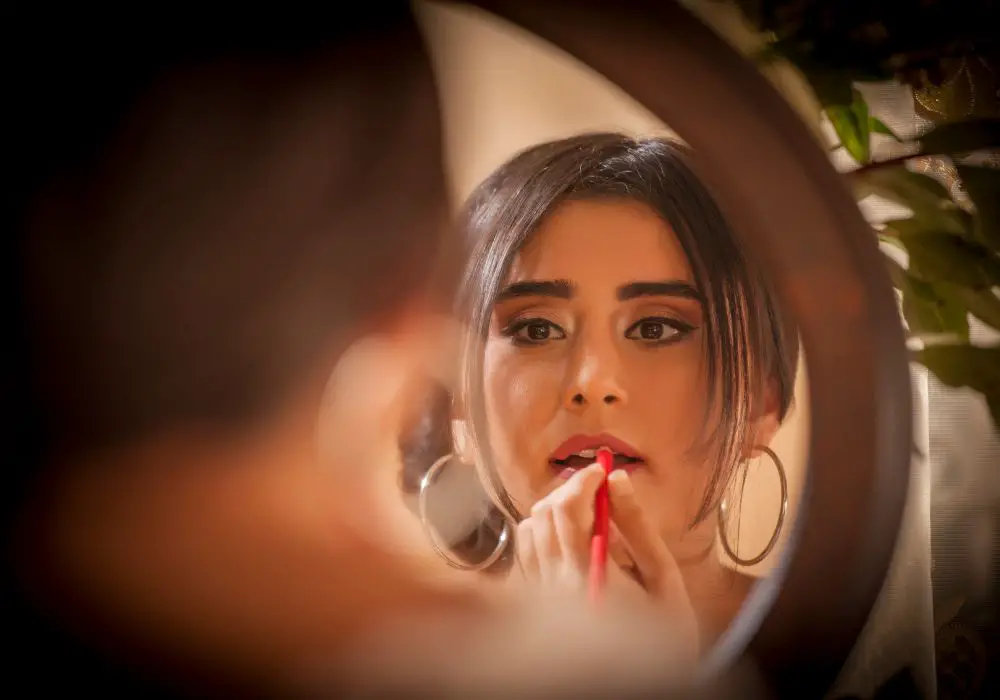
When shopping for lipsticks to wear with yellow-toned teeth, certain shades will be more flattering than others. Choosing the most complementary colors helps teeth appear whiter in contrast. Here are the most desirable shades to opt for:
Corals and peaches
Coral lipsticks with a hint of orange or pinky-peach shades help brighten the whole face. These warm, summery shades also highlight yellow undertones in a natural, flattering way as opposed to clashing with them. Sheer washes of peach also work well.
Pinks with red or purple tones
Look for cooler-toned pinks with a subtle boost of red/purple rather than straight pastel pinks. Pink lipsticks with blue undertones can accentuate yellowness, so pick rosy pinks with just a touch of red and wine hues instead. Raspberry and magenta-tinged pinks pair nicely.
Ruby reds and berry tones
The trick is selecting reds with a blue, purple, or berry undertone rather than straight orange-reds. Bluish reds like ruby and crimson help whiten teeth visually. Deep berry tones like blackberry, plum, and mauve are also great choices.
Brown-based nudes and neutrals
Nude lipstick provides a polished look while minimizing drama from yellowing. Stay away from pale, concealer-like nudes, which can look unflattering. Opt for beige, tan, or taupe nudes with a brown base. Muted wine nudes and bronze shades also complement yellow tones beautifully.
When evaluating lipstick shades, inspect them in natural lighting on your skin (not just in the tube). Swipe a tester on your hand or lips to determine if the undertones make your teeth look whiter or more yellow. With trial and error, you’ll learn which hues enhance your complexion.
Lipstick textures that work best
Lipstick formula impacts appearance on yellow teeth as much as color. Avoid glossy, shiny, frosted, or shimmery lipstick finishes. These can draw attention to flaws and emphasize yellowing. Matte liquid lipsticks are trendy but often cling to dryness and fine lines in an unflattering way.
Instead, look for creamy, hydrating lipsticks to smooth over imperfections. Sheer formulas also minimize drama from yellowing. Here are ideal textures:
- Creamy (satin or creme) – These contain emollients for a silky application and subtle sheen. They provide good pigment coverage.
- Sheer – Light, buildable coverage lets natural lip color show through. Sheer lipsticks have a delicate, translucent finish.
- Matte – Matte lipsticks make a bold style statement but only work if lips are exfoliated and hydrated smooth first.
- Stain – These deposit a splash of color that sinks in and stains lips instead of sitting on top.
- Tinted balm – Often packaged like lip balm, these provide a hint of color with nourishing ingredients to condition lips.
Application tips for making lipstick more flattering
With the right techniques, you can apply lipstick in the most complementary way:
- Lip liner – Lining lips makes the edges appear crisp and defined. Use a liner slightly darker than your lipstick to create dimension.
- Blotting – Press lips with a tissue after applying lipstick to soften color and remove excess product for a more natural look.
- Concealer base – Using concealer as a base provides a blank, even canvas and prevents lipstick from sliding around unevenly.
- Lip brush – For maximum control, use a small brush to apply lipstick. This lets you blend and build color precisely.
- Mix with balm or gloss – Sheer out an opaque lipstick by mixing in clear balm or gloss on your lips until it reaches your desired transparency.
- Focus on inner lip – Concentrate bold lipstick mainly on the inner half of lips away from yellow outer teeth near the smile line. Keep liner and color lighter around the outer edges.
Makeup techniques to brighten your smile
Accentuate your best features to draw positive attention upwards and away from yellow teeth. These makeup tips help:
- Concealer to brighten smile lines – Use concealer at the corners of your mouth to camouflage yellowing near lips.
- Warm blush – Strategic blush placement and bright highlighter draws the eye upwards to your cheekbones and eyes. Bronzy blushes work well.
- Play up your eyes – Defined liner, voluminous lashes, and daring eyeshadow distract from the teeth area.
- Lip plumper glosses – These temporarily increase lip volume for a pouty look, shifting the focus from your teeth.
Professional whitening for dramatically brighter teeth
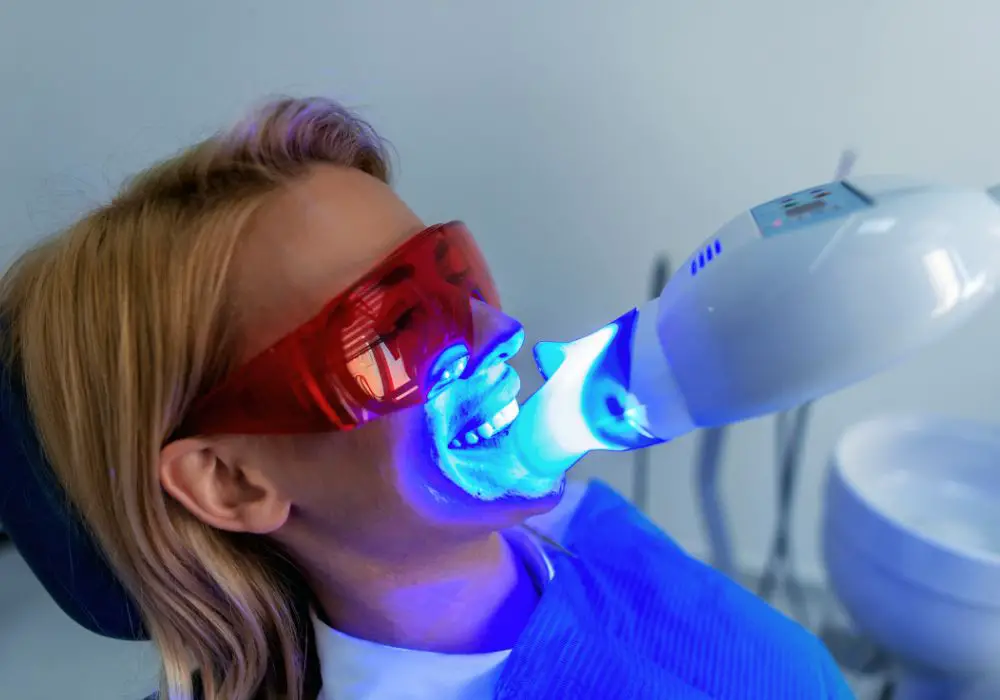
While lipstick selection helps minimize the appearance of yellowing, for meaningful color correction, you’ll want to consider teeth whitening. Professional whitening through your dentist provides the most dramatic brightening of deep stains. Whitening strips, special toothpastes, and other over-the-counter methods yield subtler improvements best for mild stains.
Professional whitening
In-office whitening procedures involve applying concentrated whitening gel directly to teeth. A special light or laser is used to accelerate and maximize results. Treatment times range from 30-90 minutes. Properly done professional whitening can make teeth up to eight shades lighter for dazzlingly white teeth.
Popular in-office chairside whitening options include Zoom Whitening and Britesmile. These begin to work instantly, with results visible immediately after the session. Combining the light heat and concentrated peroxide whitening gel gives professional whitening its superior stain removal. The entire mouth is brightened for a unified glowing smile.
On average, professional whitening results last 1-3 years before some regression. Avoiding smoking and staining foods and maintaining diligent oral hygiene help prolong a bright smile. Periodic touch-up whitening helps keep teeth looking their absolute whitest.
Over-the-counter whitening products
For more affordable at-home whitening, you can find many drugstore options like:
Whitening strips – These thin strips are coated with a peroxide whitening gel and adhere directly to front teeth to gradually lift stains. Brands like Crest and Rembrandt make disposable strips for 30 minute daily application.
Whitening trays – Custom fitted trays are filled with bleaching gel applied to teeth for 1-2 hours daily or overnight. Trays allow controlled whitening of entire tooth surfaces. Store-bought kits include trays and syringes of gel.
Whitening toothpastes – Look for brands with stain-removing ingredients like baking soda, hydrogen peroxide, or papain enzyme. Using a whitening toothpaste twice daily helps maintain whiter teeth.
LED kits – These use light energy to accelerate bleaching gels rubbed onto teeth. Blue LED light activates the gel’s ingredients, speeding up stain removal.
Over-the-counter products lighten teeth up to six shades if used consistently for 1-2 weeks. They primarily affect surface stains. Results won’t be as dramatic as professional whitening but do offer an affordable maintenance option.
Other brightening options to discuss with your dentist
Before trying these more advanced teeth whitening methods, have an exam to ensure your teeth and gums are healthy:
- Power whitening – This professional method uses a stronger concentration of hydrogen peroxide paired with heat and special lights for accelerated whitening.
- Whitening rinses – These oral rinses contain hydrogen peroxide to contact teeth and help lift stains as you swish the liquid around your mouth briefly.
- At-home custom trays – Your dentist makes custom fitted plastic trays to hold bleaching gel against teeth securely. Refill with gel to whiten at home.
- In-office ozone whitening – Ozone gas reacts with enamel to lift intrinsic stains. Combining ozone with LED lights boosts its effectiveness.
- Laser whitening – A dentist applies hydrogen peroxide gel and uses a laser specially calibrated to activate the bleaching agent for staining removal.
Any peroxide-based whitening method can temporarily increase sensitivity. Discuss options to minimize discomfort with your dentist if you have sensitive teeth. Avoid overusing any whitening products.
Maintaining white teeth after whitening treatments
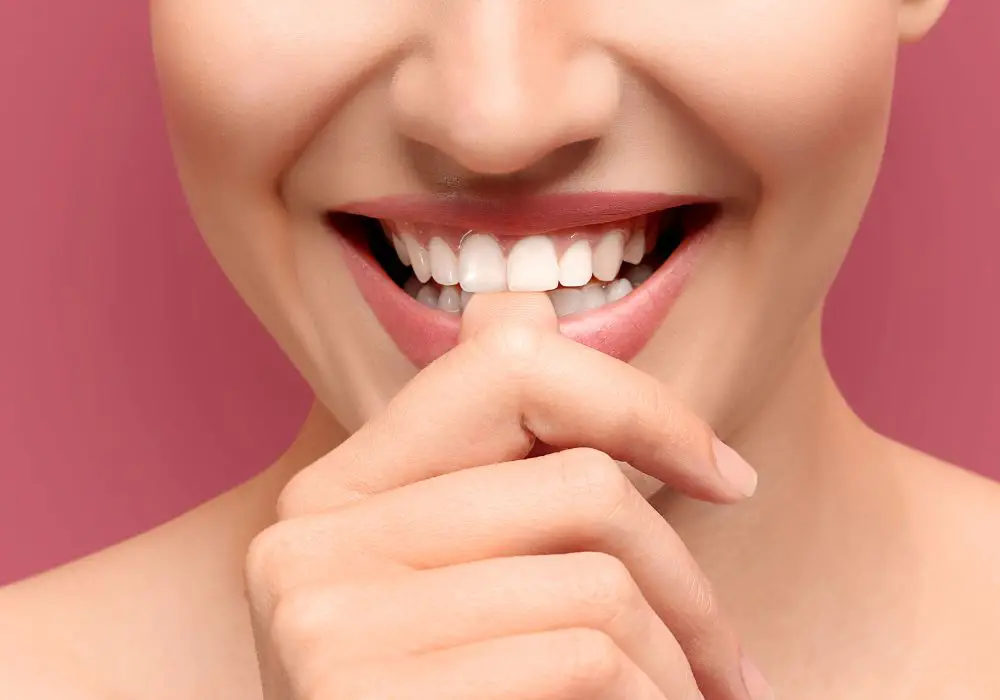
Once you’ve completed teeth whitening, prolonging the dazzling results involves diligent oral hygiene at home and regular dental visits. Here’s how to keep your brightened smile:
- Use a soft brush and whitening toothpaste twice daily. Spend 2 full minutes gently brushing teeth.
- Floss thoroughly once daily to clear plaque from between teeth that can trap stains.
- Rinse daily with an antiseptic mouthwash to kill bacteria and prevent plaque buildup.
- Drink staining beverages like coffee through a straw to prevent contact with front teeth surfaces.
- Avoid smoking or chewing tobacco, which re-stain teeth.
- Limit acidic and staining foods. When you do indulge, brush soon after consuming them.
- Get professional cleanings and exams every 6 months. Tartar removal maintains whiter teeth.
- Use store-bought whitening strips or gel touch-ups as needed, following directions.
With consistent oral hygiene habits and minor dietary adjustments, your whitened smile will stay gorgeous longer. But some gradual reversion to a more natural shade is inevitable as teeth age.
Gaining confidence to show off your smile
Discolored teeth can make you hesitant to smile freely and self-conscious about applying lipstick. But minor camouflage techniques coupled with teeth whitening lets you look and feel fabulous. Here are some tips:
Focus on the positive
Don’t obsess over perceived flaws. Yellowing doesn’t negate your other wonderful attributes. And keep in mind whitening treatments can significantly improve shade!
Do what you can then let it go
Making small improvements builds confidence. Try over-the-counter whitening strips and lipstick pairing tricks. But don’t fixate on perfection.
Take comfort in temporary solutions
Cosmetic whitening and veneers can hide discoloration for special events. Lipstick also conceals yellowing temporarily.
Be patient with gradual lightening
Teeth lighten subtly with repeated use of whitening products. Stay diligent rather than expecting immediate drama.
Find your most flattering look
Experiment to find shades that work with your complexion rather than against it. When you look good, you’ll feel good.
Smile a genuine smile
A warm, authentic smile exudes beauty and confidence that everyone will admire regardless of imperfect teeth.
You deserve to have fun with lipstick without yellowing holding you back. Follow these tips to accentuate your gorgeous features while subtly improving tooth shade. Soon you’ll feel confident to flash your brightened smile and gorgeous lip color for all to see!
Frequently Asked Questions
1. Does activated charcoal toothpaste actually whiten teeth?
Activated charcoal has abrasive properties that can help remove some surface stains from teeth. However, it is too mildly abrasive to dramatically whiten significantly yellowed teeth. Charcoal toothpaste is best for maintaining already whitened teeth or gently polishing minor staining. Overuse can erode enamel. Whitening toothpastes with hydrogen peroxide work better for moderate yellowing. For major discoloration, strips, trays, or professional whitening are required.
2. Can my dentist prescribe a toothpaste or gel to whiten my teeth at home?
Yes, your dentist may provide custom-made trays for at-home whitening paired with a prescription-strength whitening gel. This allows you to whiten teeth safely under your dentist’s supervision. The custom trays ensure proper fit and the prescription gel contains a higher amount of bleaching agents than over-the-counter gels. For severe stains, combining in-office whitening with at-home prescription whitening can maximize results. Always follow your dentist’s usage instructions carefully.
3. Is whitening toothpaste safe to use daily?
When used as directed, whitening toothpastes containing mild abrasives, chemical polishers, or low concentrations of hydrogen peroxide are safe for twice daily use. However, you should discontinue use if you experience any major gum or tooth sensitivity. Select an American Dental Association (ADA) approved toothpaste. Avoid applying heavy pressure when brushing with whitening pastes, which can erode enamel over time. Whitening pastes maintain brighter teeth but don’t dramatically whiten severely stained teeth without other procedures.
4. Do whitening strips work for yellowing along the gumline or between teeth?
Whitening strips only treat the external tooth surfaces they directly contact. They do not effectively whiten along the gumline or between teeth. For yellowing in these harder-to-reach areas, whitening trays are better. Trays fit over the entire tooth length and can hold gel against back surfaces. An in-office professional whitening treatment also thoroughly whitens all tooth surfaces, including between teeth. For mild gumline yellowing, using whitening toothpaste daily helps supplement whitening strips.
5. Will teeth whitening damage my enamel?
As long as products are used correctly at recommended frequencies, whitening should not permanently damage enamel. Some temporary sensitivity is common when whitening, but discomfort lasting more than a couple days may indicate overuse. Always follow directions and consult a dentist before overusing any whitening product. Enamel naturally thins over many years with aging but should not be severely impacted by whitening. Preventing heavily stained teeth through good oral hygiene and avoiding tobacco helps reduce the need for frequent whitening.

